A softshell is a breathable, performance-oriented jacket or pant that achieves weather resistance without the need of a waterproof membrane. Softshells are often minimalistic, made with lightweight materials and with few features. This makes softshell jackets lighter, more packable, more breathable, and much less expensive than hardshell jackets.
Hardshells are often called "three layer" shells with a face fabric, a waterproof membrane, and a backing fabric working together to create a waterproof and (sometimes) breathable jacket or pant. Softshells achieve their water resistance and wind resistance in a single textile: One fabric to do it all.
We turned to softshells to maximize breathability. As backcountry skiers, runners, and ultralight hikers, the softshell jacket revolutionized our layering systems and we enjoyed increased comfort and performance in our backcountry pursuits. This article explores different types of softshells so that you can choose the right layer for your pursuits.
How breathable is a softshell?
The outdoor industry is full of standards and measurements that we use to compare different textiles. When we started looking closely at softshell jackets, we realized that none of the existing standards were working. The breathability gains were so profound that we had to invent a new scale to measure breathability. Today, we measure softshells in CFM, or Cubic Feet per Minute.
CFM is a measurement of how much air travels through a softshell in one minute. Our most breathable softshells with have a rating of 25-30 CFM. Is more CFM better? Not necessarily. Many of our customers prefer jackets at the low end of the scale, around 6-10 CFM. We find that a nice sweet spot between weather resistance and breathability is about 18-25 CFM.
For contrast, a 30k/30k Gore Tex Pro jacket, a top of the line hardshell, has less than one CFM.
How to choose a softshell?
We believe that there is a softshell for every occasion and a softshell for every style of moving in the mountains. We broadly classify softshells into two categories: Versatile and Breathable.
Versatile softshells
A versatile softshell has a lower CFM rating, higher water resistance, and a few features that make it widely adaptable to different conditions. Using a more-weather resistant fabric in a jacket is the main way that a jacket becomes more versatile.
Versatile jackets are generally warmer, more wind resistant, and more waterproof. They also generally have more features you might want, like adjustable cuff closures, an over-helmet hood, front skin pockets, and vents.
Versatility is a benefit that you want if you seek more weather resistance and more warmth out of your shell. I choose a more versatile softshell if there is extreme weather or I prefer to move at a lower heart rate, exerting less energy and thus needing less breathability.
Breathable softshells
Most softshells are focused on being as breathable as possible. These jackets are exceptionally minimal in their design and exceptionally lightweight and packable.
It's common for a breathable softshell to have a close-fitting under-helmet hood, elastic cuffs, and a single full length zipper. Breathable softshells are able to achieve high CFM ratings, 30 or more, which makes them a great choice for high-output adventures.
A maximally-breathable shell delivers one of our favorite characteristics: They never need to be taken off. It is possible to find a softshell that you can climb in every day of the ski season without ever overheating.
Categorizing Different Softshells
Our most breathable softshell jackets
- Patagonia Upstride
- Black Diamond Alpine Start
- Rab Borealis
Our most breathable softshell pants
- Salewa Sella
- Black Diamond Dawn Patrol
Our most versatile softshell jackets
- Salewa Sella Jacket
- Arcteryx Gamma Hoody
- Dynafit TLT DST Jacket
- Jones Shralpinist Stretch
- Ortovox Mesola Jacket
- Ortovox Col Becchel Jacket
Our most versatile softshell pants
- Noronna Lyngen Flex1 Pant
- Dynafit TLT DST Pants
- Jones Shralpinist Stretch Bibs
- Ortovox Mesola Pant
How to layer with a softshell
The addition of a softshell jacket allows you to adapt your layering system. We've worked to refine our own layering systems given the capabilities of the softshell jacket and pants.
The Alpenglow Sports Layering System is a three-piece kit designed for maximum versatility and adapted to our California climate:
1. Baselayer
2. Softshell
3. Insulated Outer Layer
The system starts with your baselayer: a 3/4 or full length polyester or wool next-to-skin layer. Layered on top of that is a softshell jacket and softshell pant. To top if off, we bring a waterproof and insulated outer layer that we throw on over our softshell jacket. This system offers wide comfort ranges, and excels in weight, bulk, and weather resistance.

Finding the right softshell for you
We are psyched to help you find a softshell that works for your specific style of moving in the mountains. Please give us a call or stop by the shop so that we can discuss your goals and your budget. We have the widest selection of softshells between December and March each year.





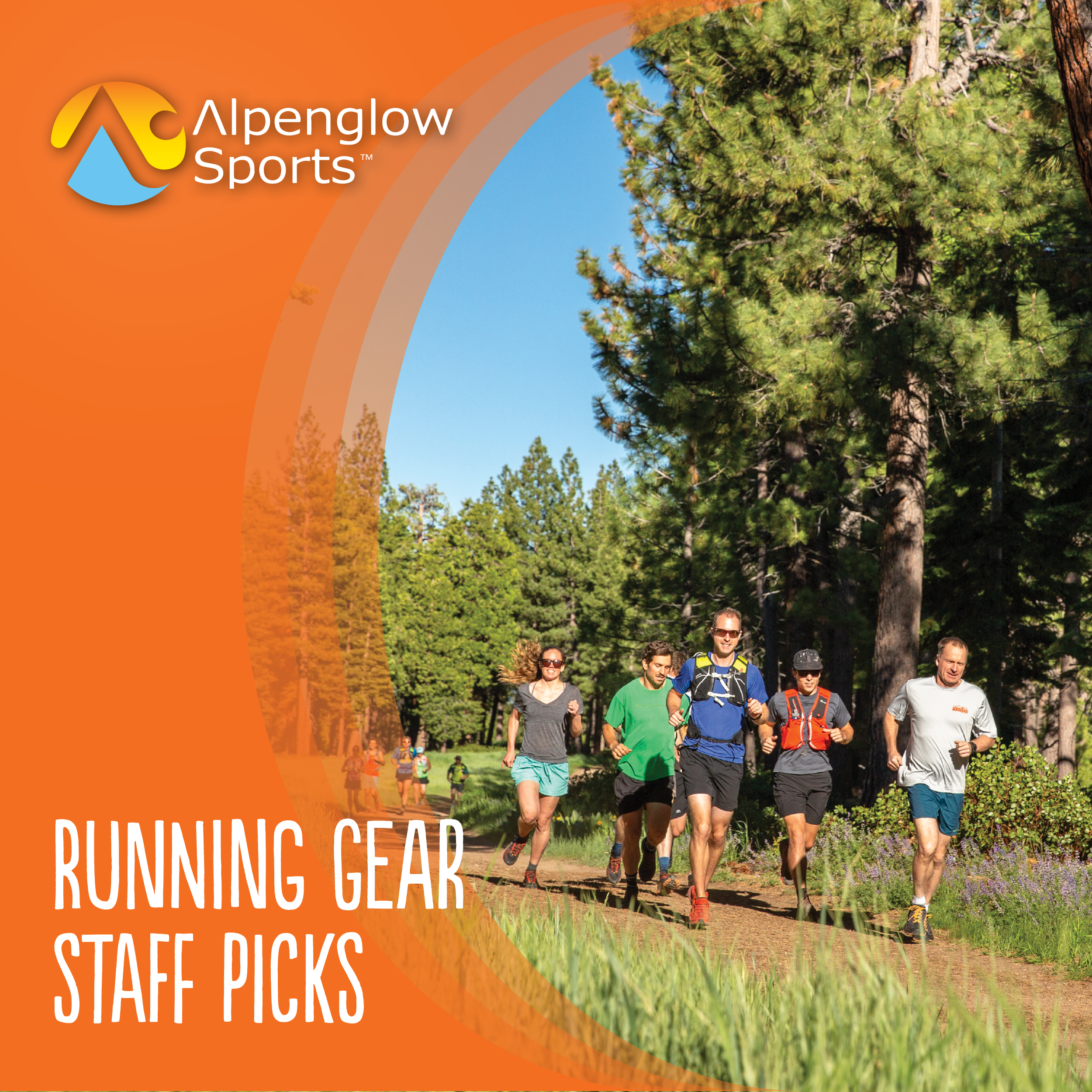
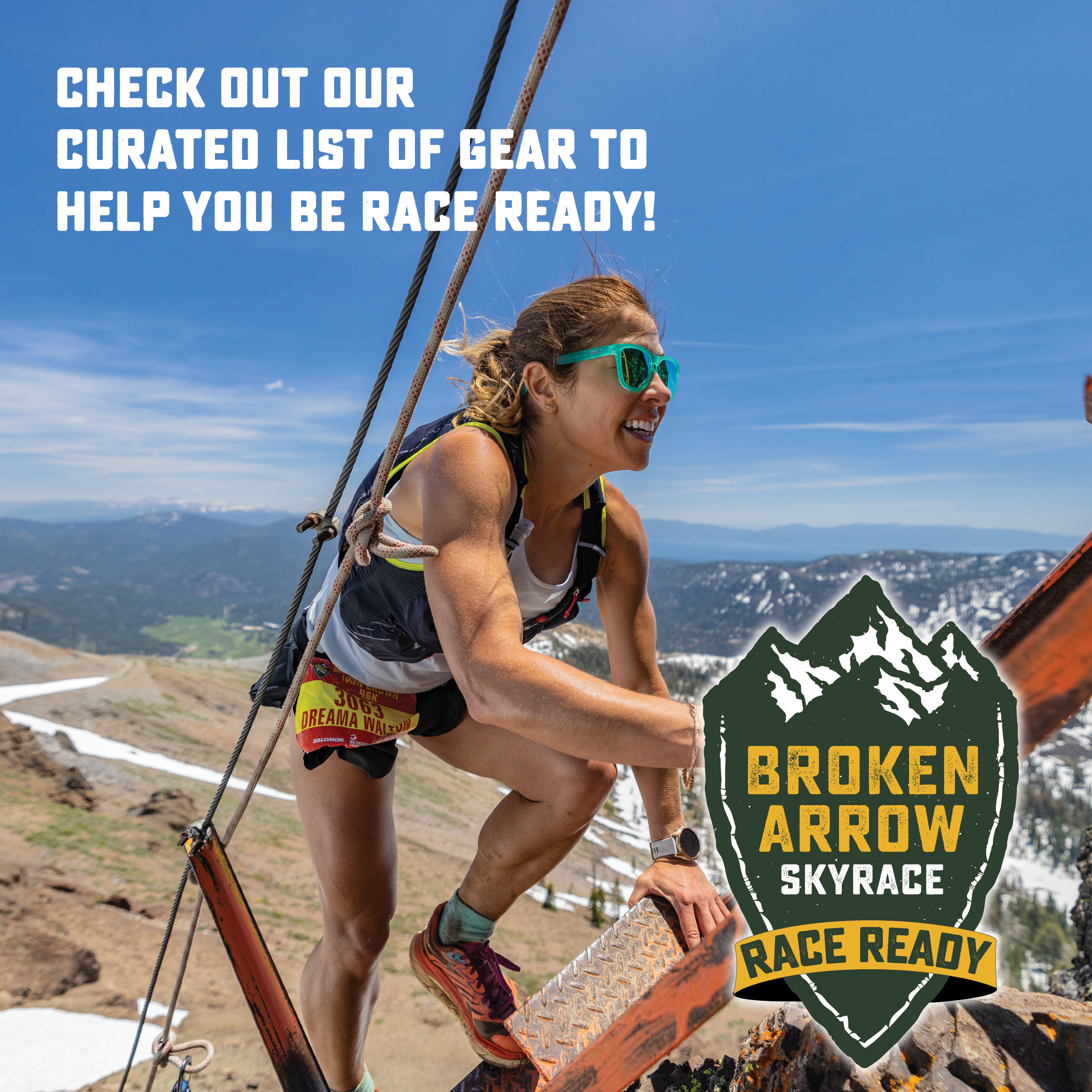
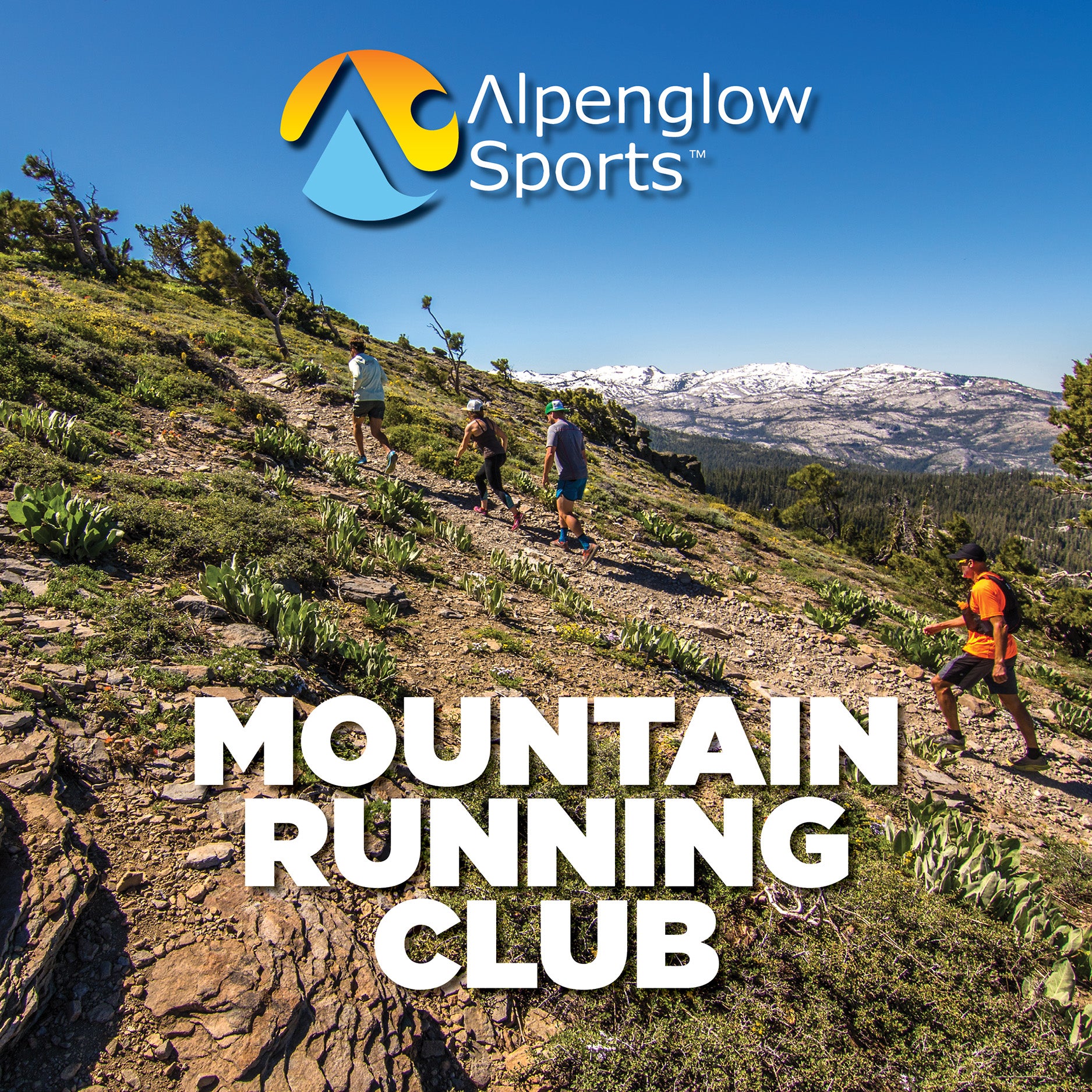

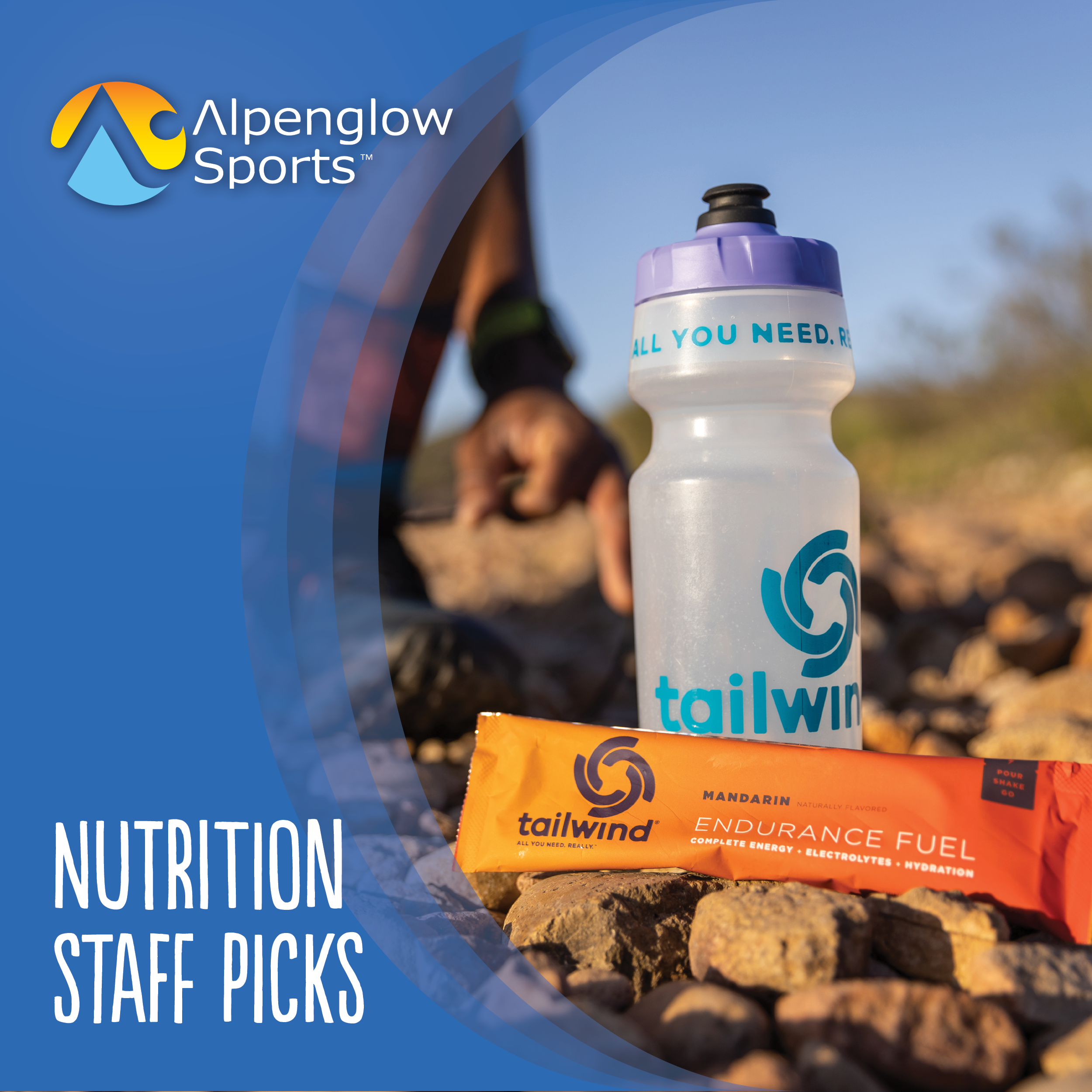


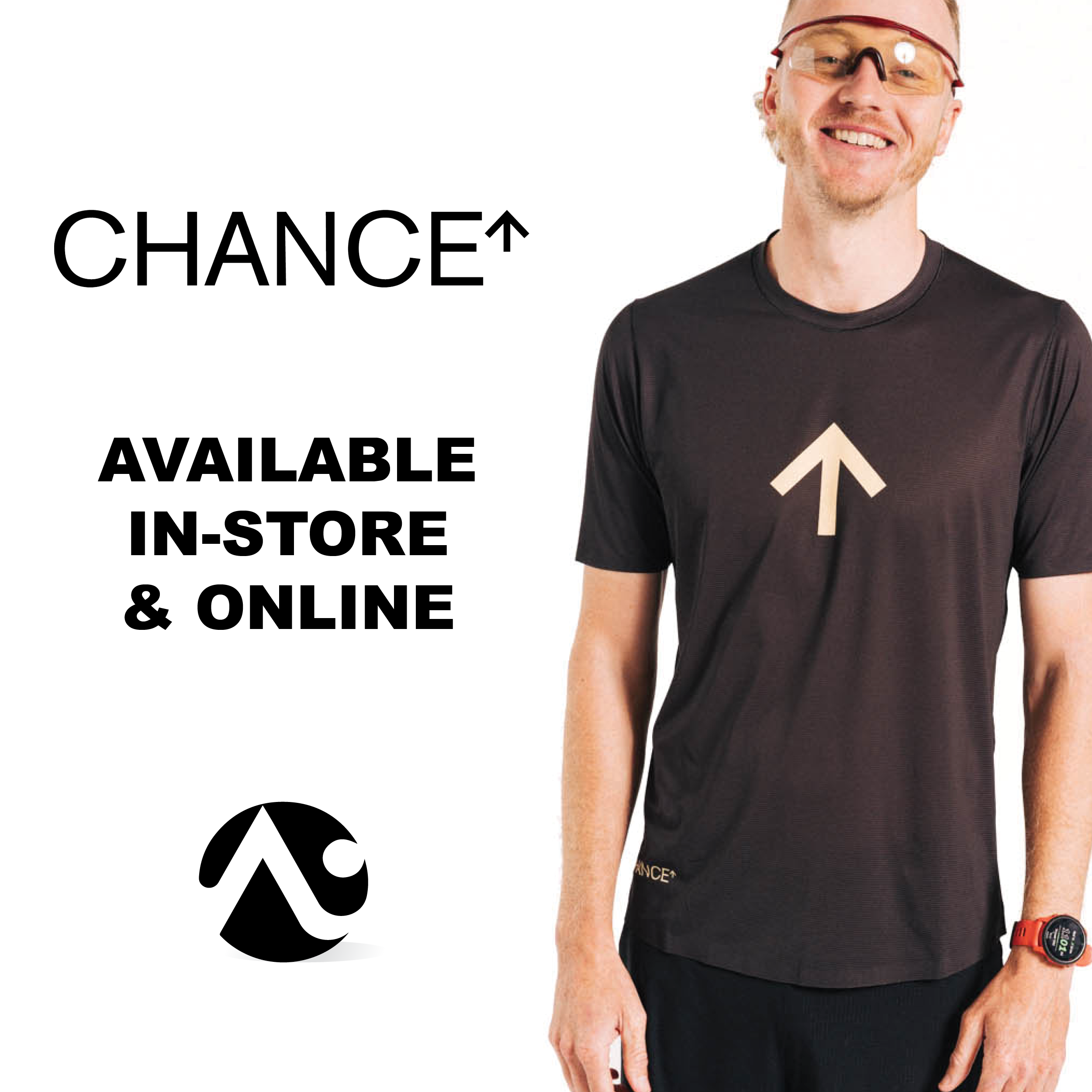

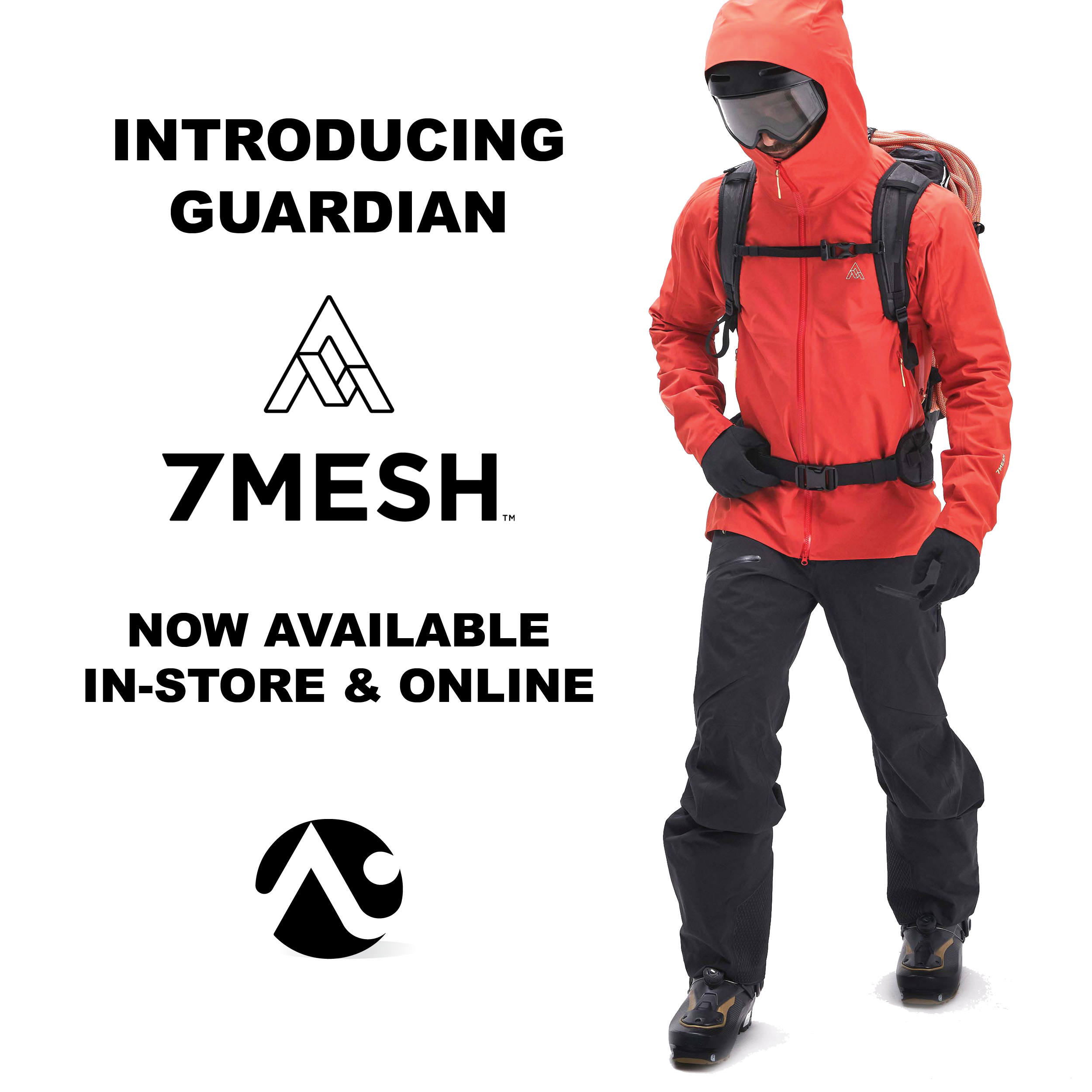
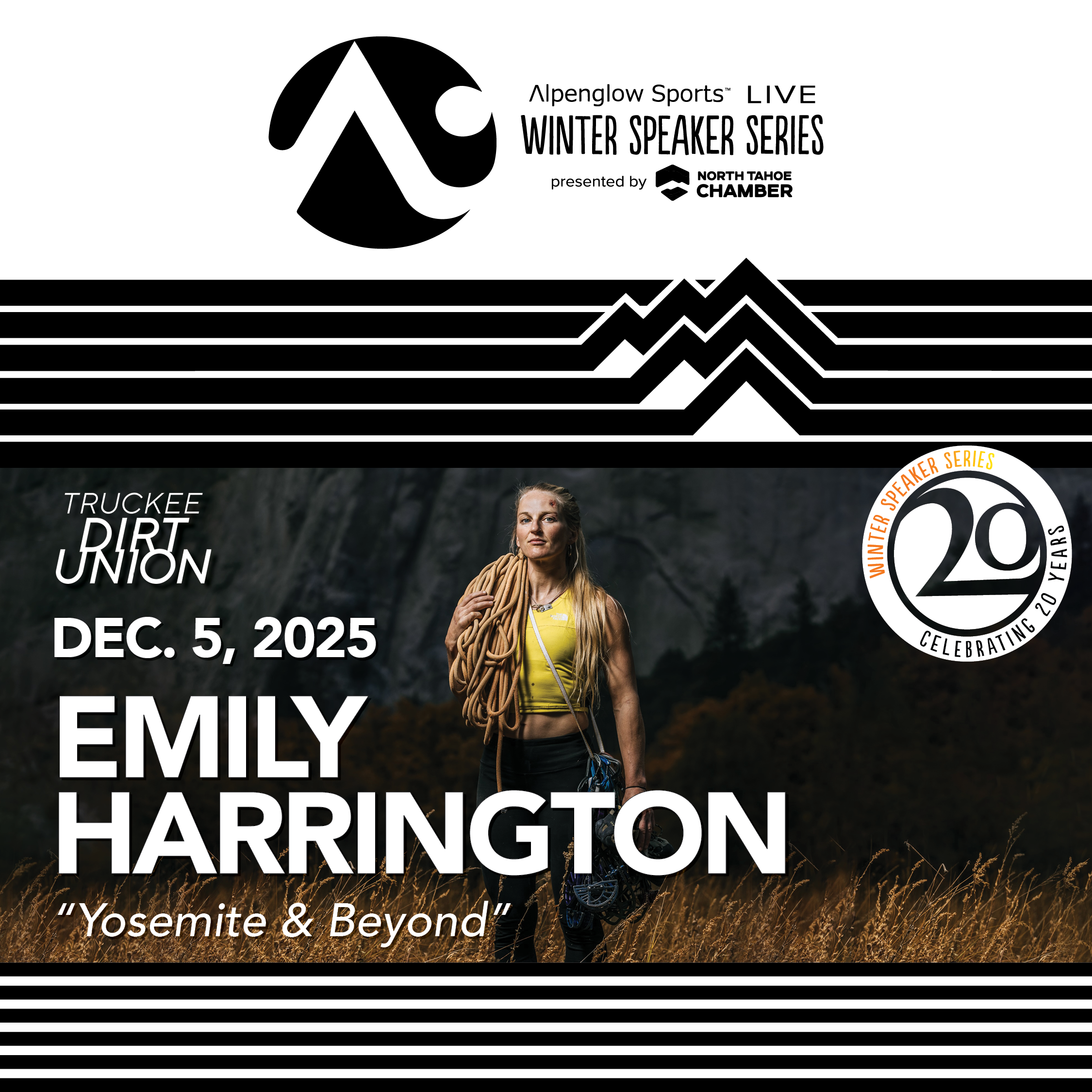






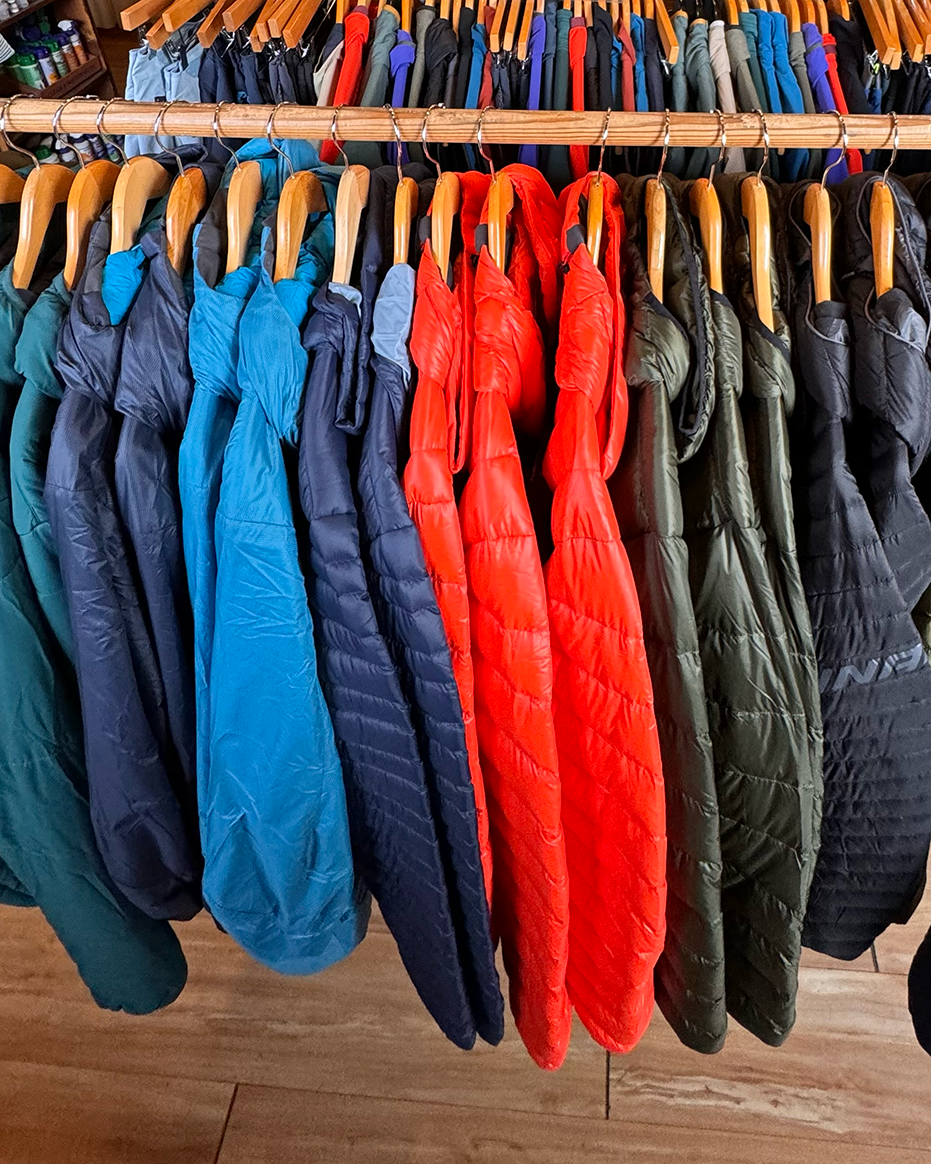
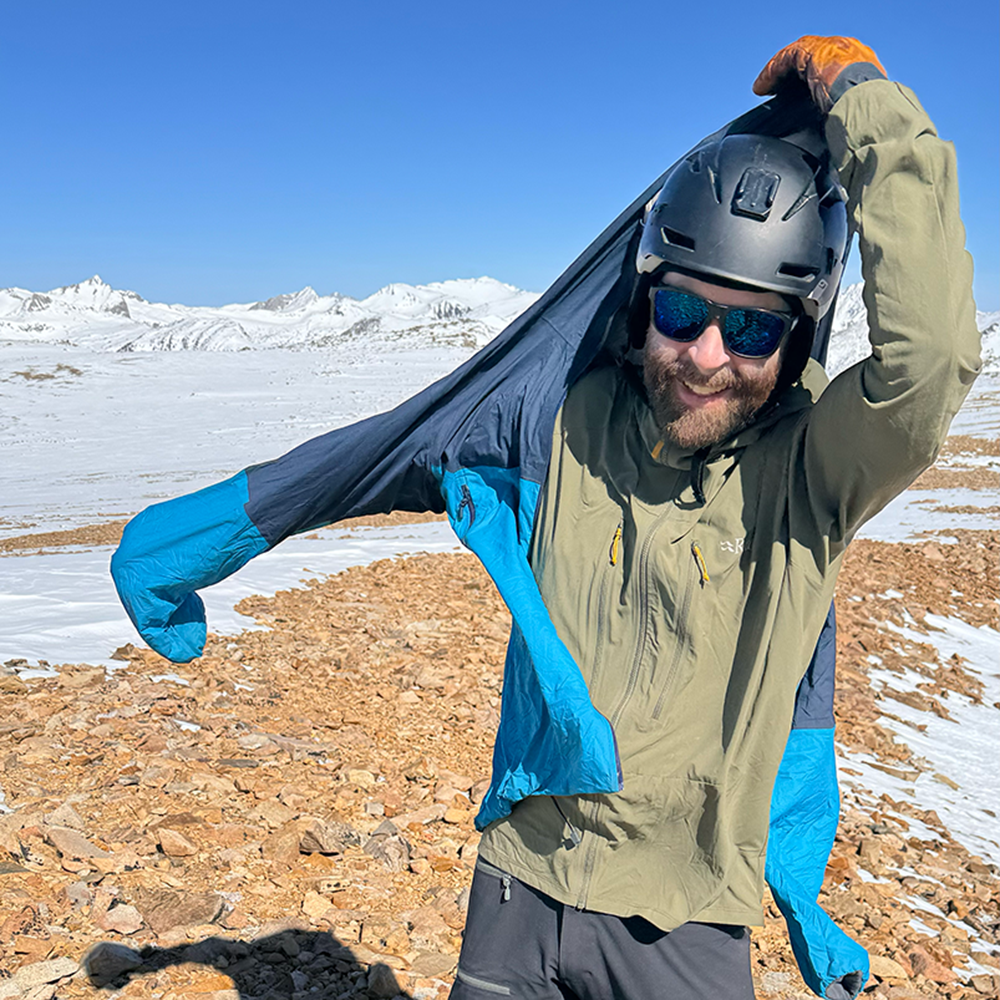
Leave a comment
This site is protected by hCaptcha and the hCaptcha Privacy Policy and Terms of Service apply.